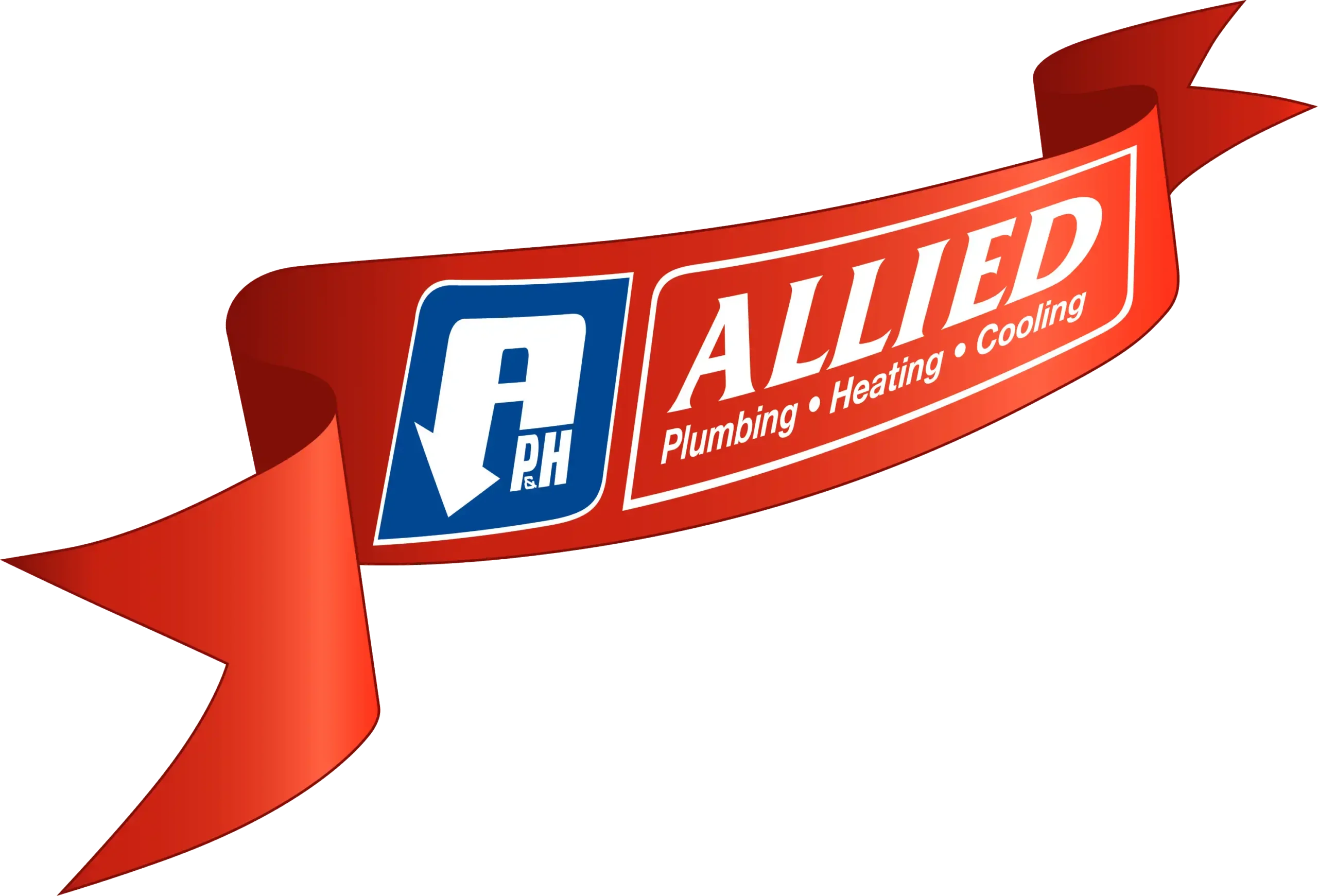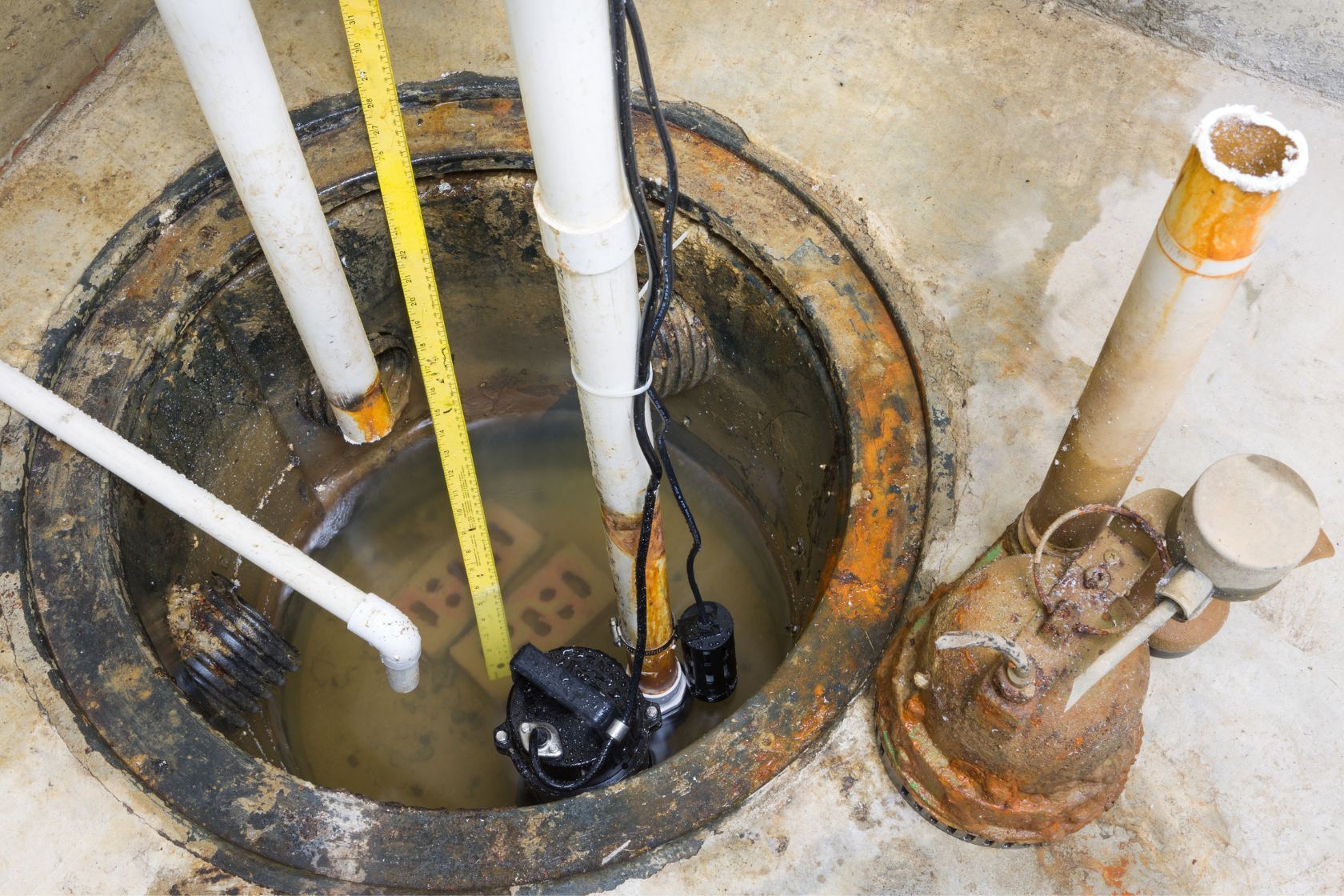Homeowners in Rochester depend on sump pumps to protect their basements and crawlspaces from water damage. When heavy rain hits or groundwater levels rise, sump pumps jump into action to keep everything dry. But when that system starts running non-stop, even during dry weather, it’s a sign that something isn’t quite right. Ignoring it can lead to increased wear and potential failure when you actually need it most.
A sump pump that won’t shut off can quickly go from useful to problematic. It may be responding to something simple like a stuck switch, or it could be trying to manage a continuous water inflow issue. Either way, understanding why it’s happening and what to do next is critical for preventing long-term damage and avoiding unnecessary costs.
Common Reasons Why Your Sump Pump Won’t Stop Running
If your sump pump is constantly running, identifying the root cause is the first step toward solving the problem. Several mechanical and environmental factors could be at play. Here are some common reasons to watch for:
1. Malfunctioning Float Switch
Most sump pumps rely on a float switch to activate the system when water reaches a certain level. If that switch gets stuck in the on position, your pump will keep running. Dirt and debris can lead to the float getting jammed, or the switch might wear out over time. If you wiggle the float and the pump turns off, there’s your answer.
2. Clogged Discharge Pipe
The discharge pipe moves water away from your home. If it’s blocked by yard debris, leaves, or even frozen water during cooler months, the water can’t exit properly. The pump will keep working because the water isn’t going anywhere. Check the pipe’s exterior opening for blockages and clear it if needed.
3. Faulty Check Valve
The check valve is designed to prevent water from flowing back into the sump pit after it’s pumped out. If this valve is broken or missing, water returns to the pit and keeps the pump running in a continuous cycle. You might notice the pump short-cycling more often than it should.
4. Continuous Inflow of Water
Sometimes, the pump is doing exactly what it’s supposed to. If your Rochester property has a high water table or poor drainage, groundwater might be constantly entering the sump pit. While not a mechanical issue, this condition puts stress on the system and should be evaluated by our professionals to find the right solution.
A homeowner in east Rochester kept hearing their sump pump cycling during an unusually dry stretch. After checking the usual trouble spots, they discovered the discharge pipe had been buried under summer lawn clippings, trapping the water from exiting. Once cleared, the cycling stopped.
How to Diagnose the Problem
Troubleshooting a sump pump that won’t stop running doesn’t need to be overwhelming. Start with a simple inspection and work your way through the different components. Here’s a step-by-step approach that can help you understand what might be wrong.
– Check the power source. Make sure the pump is plugged in and the outlet is working.
– Test the float switch. Manually lift and lower the float to see if the pump reacts. If it doesn’t, the switch may be damaged or disconnected.
– Inspect the discharge line. Look for bends, clogs, or anything blocking the flow of water outside.
– Examine the check valve. Confirm it’s installed correctly and isn’t allowing water to flow backward.
– Watch the water inside the pit. If it seems to drain and refill constantly, your home may be facing an unusually high groundwater inflow.
While some of these steps are simple, others can require tools, experience, or a trained eye. If your inspection doesn’t lead to a clear cause or you’re unsure about what to do next, it’s best to have our technicians step in. A sump pump system that’s running without pause can wear out quickly, so catching the issue early helps avoid larger repair or replacement costs.
Preventive Maintenance Tips for Sump Pumps in Rochester
A sump pump that runs properly comes down to consistent upkeep. With Rochester’s summer storms and the threat of flash flooding, staying ahead of maintenance reduces surprise issues. Skipping regular care can cause your pump to degrade quietly until the next big storm exposes the problem.
Make these tasks part of your seasonal routine:
– Clean out the sump pit. Remove leaves, mud, or small stones that might block the float switch or clog the impeller.
– Inspect the float and switch every month. Make sure nothing is stuck or interfering with movement.
– Flush the discharge line. Look for buildup, twists, or damage to ensure water moves freely out of the system.
– Power test. Unplug and plug the system back in to verify it turns on and off correctly.
– Check for vibrations. If the pump shakes more than usual while running, it may need adjustment or professional realignment.
Just like you’d test a smoke detector or replace an HVAC filter, testing your sump pump before rainier weeks saves time and stress. Mark a couple of simple reminders on your calendar. Scheduling a check-up with our technicians at least once a year helps cover anything you might not notice during your own inspections.
Why Expert Sump Pump Repair Matters
Even if your sump pump seems to be functioning, prolonged run-time can wear down internal parts, including the motor and impeller. These problems often don’t pop up all at once. They build and compound, leading to more serious damage that could have been avoided with minor repairs earlier on.
Our technicians have worked on a wide range of sump pump systems across Rochester homes. We’ve seen cases where only part of the issue is fixed, leading to repeat malfunctions shortly after. For example, fixing a clogged discharge pipe without checking the check valve often leads to cycling or backflow.
Calling in our professionals comes with several advantages:
– Full system diagnosis beyond surface issues
– Long-term reliability through quality parts and service
– Reduced risk of failure during heavy storm events
– Professional advice on adjustments for high groundwater areas
Peace of mind isn’t just about the pump itself. It’s knowing someone with the right training has verified the system will respond when it’s needed most. If your sump pump continues to run with no clear reason, or if downtime after cycles seems shorter than usual, it’s time to bring in a professional opinion. Catching these warning signs early helps prevent flooded basements, mold growth, and structural damage.
Keeping Sump Pumps Running Smoothly in Rochester
Homeowners across Rochester rely on properly working sump pumps through every storm season. While some run-time is expected after rainfall, a pump that never shuts off points to either a faulty component or environmental condition that needs to be handled. Whether it’s a simple switch issue or excess groundwater inflow, it’s important to act fast before wear and strain lead to failure.
Regular maintenance, seasonal checks, and help from our trained technicians all work together to keep your basement or crawlspace dry. Trusting signs of trouble, and knowing when to call for service, makes a big difference between staying secure or scrambling during the next downpour. With the right steps, your sump pump will be ready to handle whatever Rochester weather sends your way.
Ensure your sump pump system is always ready to handle Rochester’s stormy weather by scheduling a professional checkup. Allied Plumbing Heating & Cooling is committed to helping homeowners resolve irregular pump behavior and prevent long-term damage. Learning more about sump pumps in Rochester can provide valuable insights into keeping your basement safe and dry. For a quick estimate or to book a service visit, please contact us today.





